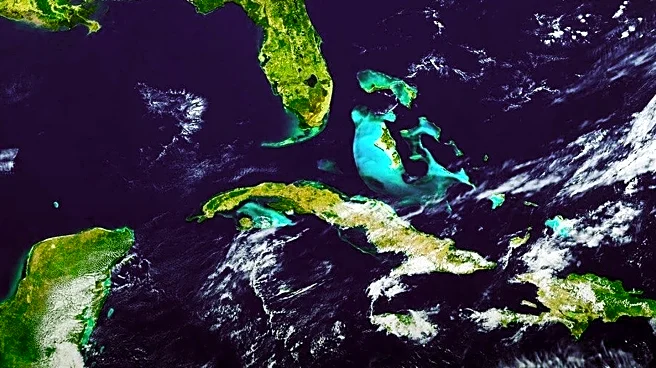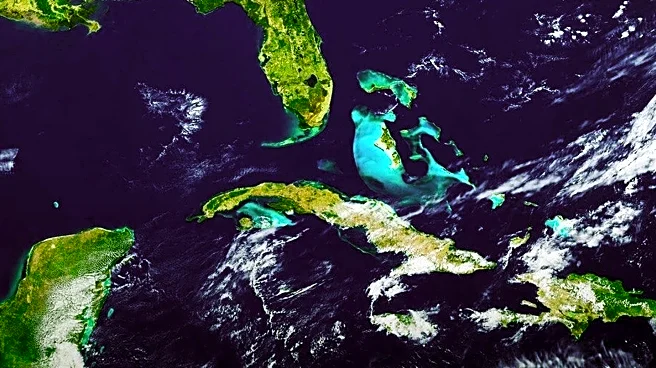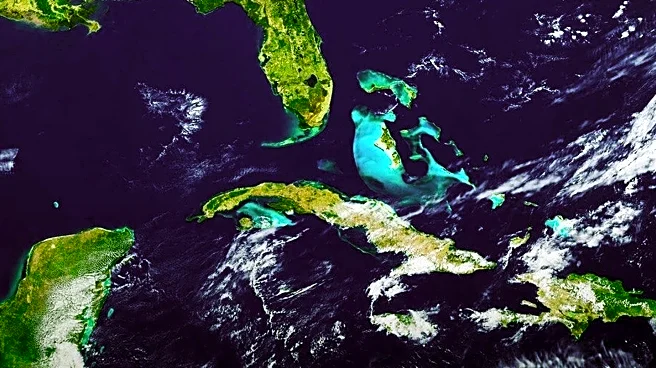What's Happening?
South Florida is anticipating a new wave of rainy weather as the region transitions from its rainy season to the dry season. According to local forecasts, residents can expect scattered showers to continue,
with an increase in rainfall as the dry season officially begins later this week. This shift in weather patterns is typical for the area, which experiences distinct seasonal changes. The rainy season usually brings frequent showers and thunderstorms, while the dry season is characterized by lower humidity and less precipitation.
Why It's Important?
The change in weather patterns is significant for South Florida's residents and industries. The transition to the dry season typically signals a decrease in water-related disruptions, which can affect daily life and local businesses. For the agricultural sector, the end of the rainy season means adjustments in irrigation practices and crop management. Additionally, the real estate market often sees shifts in activity as weather conditions change, impacting property sales and outdoor construction projects. Understanding these patterns is crucial for planning and preparedness in various sectors.
What's Next?
As South Florida moves into the dry season, residents and businesses will need to adapt to the changing weather conditions. Local authorities may issue advisories to ensure public safety during periods of increased rainfall. The agricultural sector will likely adjust its practices to accommodate the drier conditions, while the real estate market may experience fluctuations in activity. Monitoring weather forecasts will be essential for planning events and outdoor activities, as unexpected showers can still occur during the transition period.
Beyond the Headlines
The shift from rainy to dry season in South Florida also has environmental implications. The change in precipitation patterns can affect local ecosystems, including water levels in wetlands and the health of native plant species. Conservation efforts may focus on preserving these ecosystems during the dry season, when water resources are less abundant. Additionally, the transition period can serve as a reminder of the broader impacts of climate change on regional weather patterns, prompting discussions on sustainability and environmental protection.












